Autumn Approaches: Part 3
Strike operations, the air and naval wars, Russian force (re)generation and Western support
This became quite a long read. For email subscribers not seeing the full article, click "View entire message" in your email app.
In this article, that will be the last of my Autumn Approaches series, I will look beyond the Ukrainian offensive and discuss other factors and aspects that will influence how the war develops.
Thus, this one will stand more on it's own than the others, but if you haven't read Part 1 and Part 2 yet, covering the Ukrainian offensive, please do so to get my overall analysis of where the war stands at this point in time.
Ukrainian strike operations
Through the summer and especially the last few weeks, there has been a significant increase in Ukrainian UAV strikes inside Russia proper.
One prong of this campaign has been targeting Moscow with fixed wing UAVs, with another prong going after Russian air bases. The means used on the latter is more diverse, with at least some attacks having been conducted from Russian soil.
The attacks on Moscow hasn't delivered any significant damage to important targets yet and the purpose seems mostly to be to take the war into the Russian capital. These attacks do force the Russians to allocate resources defending the capital, regularly disrupt air traffic and are useful for Ukrainian propaganda, but other results seems more difficult to achieve for now.
The attacks on air bases though have already delivered significant results. On August 19th, one Tu-22M Backfire bomber was destroyed at Soltsy Air Base, Novgorod Oblast.
An attack on Kresty Air Base, Pskov, on August 29th destroyed two IL-76 transports, damaging two more. Going by both Russian and Ukrainian statements, these two attacks were conducted from Russian soil. The results are significant because both types of aircraft are limited resources.
There has also reportedly been an attack on Kursk Air Base, home of the 14th Guards Fighter Aviation Regiment, but damage here has yet to be independently confirmed.
Depending on the scale of the stikes, the damage caused, Russian defences and their willingness to accept risk to aircraft on the ground, these attacks could have non-insignificant impact on Russian air operations.
Any aircraft lost is hard to replace and relocating to bases further away means less time on station. With Ukraine also hitting fairly distant airfields, for shorter legged aircraft such as fighters, relocating might not be an option as that would take them out of the fight.
Growing Ukrainian missile capabilities
Ukrainian operations against Crimea has also demonstrated novel, homegrown capabilities.
Screenshot from a video released by GUR of a strike against S-400 position near Cape Tarkhankut, NW Crimea, August 23rd. Source link
The attack shown above was conducted by a Neptune anti-ship missile modified for land attack. While Neptune missiles only exists in limited numbers, they offer Ukraine a long-range capability that is unrestrained by the caveats placed by the West on donated systems. That Neptune will be used against other Russian targets in the future, including outside Crimea, is likely.
The Ukrainians have also modified a number of old SA-5/S-200 SAMs for land attack. Having a capable domestic arms industry, there are likely more unknown systems under development too. As time goes by, Ukrainian missile capabilities will likely increase, representing a serious threat to Russian rear area targets, especially in combination with the UAVs.
Outlook
It is likely that this autumn and winter will see Ukrainian strikes increasing in frequency and intensity against targets inside Russia, both against Moscow and military targets elsewhere, including Crimea. Domestic efforts in UAVs and missile technology is starting to bear fruits, giving the Ukrainians the means to do this without the constraints of Western political sensitivities.
If Russia resumes the strikes against critical infrastructure, which will be discussed below, I would not rule out a similar Ukrainian retaliation campaign. Measures are being taken to improve reliability of power infrastructure in Russian border oblasts, including improving back-up power capabilities, possibly in anticipation of future Ukrainian strikes.
Russian strike operations and the air war
Russian strike operations have continued through the summer, though intensity and target sets have been different than during last winter's critical infrastructure campaign.
Targets this summer have included air bases, industrial facilities and after the collapse of the Grain Deal, Odessa area- and Danube port infrastructure. Strikes have been a combination of the different missile systems and Shahed UAVs, the latter being the principal weapons against ports.
Strikes against the ports of Reni and Izmail happens very close to the Romanian border. After initially denying it and then proven wrong by GeoConfirmed geolocation, Romania admitted that a Shahed impacted Romanian territory on September 4th.
While this has some escalation potential, I consider it to be low as long as no significant damage or casualties are inflicted on Romanian territory. Impacts such as this are not deliberate Russian actions but they do take a calculated risk striking very close to the border. The Western response to this episode will likely be limited to some harsh diplomacy language. Romania has also said they will strengthen their capabilities for monitoring airspace close to the border.
Outlook
Going into winter, the Ukrainians expect a resumption of the strikes against critical infrastructure and I think that’s a likely scenario. Russian strikes will be restrained by missile stocks and production rates, but it is possible they have been able to increase their stocks over the summer. There are various estimates of Russian missile inventory circulating, mostly coming from Ukrainian sources, but I would caution against reading these as hard facts. There's much uncertainty around this, so estimates are just estimates.
What could prove significant going into autumn and winter is that Russian domestic production of Shahed UAVs is starting to come online. These would likely be the mainstay of a resumed infrastructure campaign. While production numbers is hefted with uncertainties, I wouldn't underestimate the possible impact of increased numbers of Shaheds becoming available.
Continued Russian strike operations and the prospect of a hot winter has significant impacts for Ukrainian air defences. Ukraine is a large country and covering all rear area targets is difficult. Continued pressure on the rear also prevents AD deployments to better cover frontline areas. Sustaining Ukrainian SAM stockpiles will remain important and legacy systems still plays an important role. If the missiles for the latter runs out without replacements, the consequences could be significant. I will return to this later under Western support.
Russian air operations
Still from video of a Su-34 dropping two FAB-500M62 UMPK glide bombs, against frontline targets in Zaporizhzhia. Source with geolocation, 45km from the front.
A new Russian capability fielded this year is FAB-500 iron bombs fitted with the UMBK guidance and glide kit, giving the Russian Air Force a new and affordable precision strike capability. These bombs were first used against targets in Ukrainian border regions but have through the summer been used extensively to try and stem the Ukrainian offensive.
Recently, a Russian source has reported that UMPK kits for the FAB-1500 have been tested in combat. The use of UMPK fitted bombs will likely increase in the future.
Outlook
Russian strike operations will continue going into winter and a renewed critical infrastructure campaign is likely. The intensity of the strikes could increase compared to what we've seen this summer, especially when domestically produced Shaheds becomes available in numbers.
I don't think we will see a general change in RuAF operations, though if reloads for Ukrainian SAMs starts running low, they will likely gradually try to exploit the situation. The RuAF will likely remain risk averse and the use of glide bombs will likely increase. As noted earlier, Ukrainian strikes on Russian air bases could potentially force some changes on RuAF deployments and operations.
The Black Sea and the naval war
With the end of the Grain Deal, the Black Sea suddenly became the center of attention. The Russians issued a blockade-sounding declaration, stating that they would consider all merchant ships heading to Ukrainian ports as carriers of military cargo. Ukraine responded by issuing a very similar sounding declaration.
This happened against a backdrop of Ukrainian USV1 operations increasing both in frequency and sophistication. There has been a number of unsuccessful attacks against Russian ships at sea, but since July there has been some notable successes too
The first major success was against the Kerch Bridge on July 17th, hitting both the road and rail bridges.
The Northern Fleet Ropucha-class LST Olenegorskiy Gornyak being towed into Novorossiysk on August 4th, after being hit by a Ukrainian USV. Source link
On the night after damaging the Olenegorskiy Gornyak, another USV hit the Russian flagged commercial tanker Sig in the anchorage south of the Kerch Strait, causing heavy damage. Sig has been chartered by the Russian MoD in the past and a case can be made for it being a legal target but this attack nevertheless represented a new development.
Civilian shipping the Black Sea
Following the Russian and Ukrainian declarations on merchant shipping and the attack on Sig, I raised concerns about a possible slide towards unrestricted naval warfare in the Black Sea.
My concerns stemmed from Ukrainian actions potentially triggering a Russian response against shipping in or going to the Danube anchorage, starting something uncontrollable. Fortunately, this hasn't happened and the approach of both sides towards merchant shipping has so far been fairly muted.
The only real Russian attempt in enforcing their declaration was on August 13th, when the Palau flagged Sukru Okan, bound Izmail, was boarded before allowed to continue2. Several neutral merchant ships have since been able to depart Odessa without Russian interference.
There has also been no further Ukrainian attacks on merchant ships that can be seen as controversial after the attack on the Sig.
Predicting how operations in the Black Sea will affect shipping going forward is difficult as this very much depends on individual tactical actions and then the other side's response. My fears of unrestricted naval warfare have somewhat subsided, but they still linger in the background.
In order to avoid political backlash, Ukraine needs to conduct their operations within the laws of naval warfare3. This might put them at a disadvantage compared to Russia, removing some options for possible retaliation. One doesn't have to like this but I don't see a way around Ukraine staying on the moral high ground, in every aspect of the war.
The Black Sea still has an escalation potential, that could bring other countries more directly involved in the war. Because of these risks, I find the possibility of any NATO (or a coalition of the willing) mission to escort merchant ships to Odessa to be very low.
What could be more realistic, less risky and something Russia likely wants to avoid is a Turkish national mission to protect shipping in the Black Sea. The Turkish Navy is more than capable enough to conducting such a task on its own and this prospect might have contributed to dampening Russian blocade enforcing operations after the boarding of the Sukru Okan.
The Odessa region remains defacto blockaded and I see few other options to reopen these than a negotiated deal, something that seems unlikely to happen for now.
Evolving Ukrainian maritime capabilities
Ukrainian sea denial capabilities in the form of shore based missiles and USVs (a good overview of these found here) does significantly influence the operations of the Black Sea Fleet, holding both bases and ships at sea at risk. This effect will likely increase as USV operations and capabilities evolves. On August 24th, the Ukrainians announced the formation of the world's first major naval unit specializing in operating explosive laded USVs, a clear sign of increasing capabilities.
The main contribution to the war effort from the Black Sea Fleet has for a long time been launching cruise missile strikes. Any serious Russian attempts to properly enforce a blockade of Ukrainian Danube ports are hampered by the threat from land based missiles. Traffic to the these ports continues despite the Russian declaration.
Due to the evolving threat environment, the Black Sea Fleet now also has to escort merchant ships bringing supplies to/from Syria and defend ports and other coastal infrastructure from USV attacks. FSB Coast Guard, which shouldn't be forgotten in the naval war and has a significant fleet of patrol boats in the Black Sea, are reportedly responsible for defending the Kerch Strait.
Ukrainian SOF small boat operations has also increased off northwestern Crimea, including putting men ashore. Countering these will also require a Black Sea Fleet and FSB response, further straining resources.
Outlook
The autumn and winter will likely see an increase in Ukrainian USV operations against naval bases, shore infrastructure including the Kerch Bridge and against warships and transports to Syria at sea.
There are no easy options for Russia to counter these operations but we will likely see increased shore-based defences and patrols by aircraft, helicopters, warships and patrol boats. This will require a heightened op-tempo from the Fleet and FSB Coast Guard and could stretch their resources.
The weather will likely impact USV operations, especially the long range strikes, so we could see an ebb and flow depending on meteorological conditions.
Black Sea Fleet operations, except for cruise missile strikes, are mainly reactive, responding too and defending against Ukrainian actions. Achieving this with relatively simple means against a superior force is no small feat for Ukraine.
Russian force (re)generation and North Korean “aid"
As I wrote in Part 2, an important unknown for the prospects of the Ukrainian offensive, and indeed Russian ground operations in general, is how the Russian forces will cope with prolonged attrition. To generate replacement manpower, form new units and expand certain existing units, the Russians are running an ambitious recruitment campaign, complete with quotas to the individual regions. This campaign, despite recent comments from Medvedev, is highly unlikely to meet it's goals of 400 000 men in 2023. This naturally leads one's thoughts to another round of mobilization.
Mobilization?
Russia is rife with rumors of another mobilization wave starting after the upcoming elections4, but it's very hard to say if this actually will happen. I am of the opinion that to continue prosecuting the war, over time, new waves of mobilization are needed and any delays favor Ukraine. In the end, this comes down to Putin's decision, so I have stopped trying to offer predictions on this topic but the prospect of a new wave of mobilization must be taken seriously.
There are good reasons to question to what extent Russia has the equipment needed to outfit another 150 000 to 300 000 men properly. Despite this, the most important aspect of a new mobilization would be generating replacement manpower, to compensate for attrition and recruitment shortfalls and allow for more rotation as the war drags on.
Russian units continue to train both conscripts and replacements in home garrisons5. A capacity to train newly mobilized and form new units does exist and lessons have likely been learned since the mobilization of 2022. For all it's shortcomings, that round did generate considerable effect and helped stabilizing the lines.
North Korean weapons and ammunition
An event that could have a significant impact would be North Korea supplying Russia with weapons and ammunition, most importantly artillery rounds. As a follow-up to Shoigu's visit, a meeting between Kim Jong-un and Putin will reportedly take place in Vladivostok in September. The US appears to take this prospect seriously enough to declassify intelligence information ahead of the meeting.
I do doubt that US threats of “grave consequences” will deter this from happening as both Russia and North Korea has little to loose by making such an agreement. Therefore I think there's a real possibility that this could happen, with a potentially very significant impact.
Outlook
Overall, I don't see Russia significantly increase their offensive potential within the timeframe covered by this article, even with mobilization and North Korean supplies. The effect of these possible events would likely not materialize until spring.
While Russia still has significant quantities of equipment in storage, limitations within the military industrial complex means reconditioning and modernisation takes time. This equipment then has to replace both combat losses and that worn out by wartime use, in addition to equipping new units. This places real limits on Russian ability to regenerate offensive potential, with Ukrainian offensive operations factoring into this equation too.
Russia's ability to cope with prolonged attrition remains an important factor, especially for the prospects of Ukrainian offensive operations, but this is very difficult to measure.
Western support
Western support is vital for Ukraine and now is the time to prepare for the operations of 2024 and beyond.
I have written in the in my previous two articles that helping Ukraine learn from this summer, in order to rectify some of the internal issues that has hampered progress is more important than new large equipment donations. This doesn't mean equipment can be neglected or unimportant, but several processes needs to run in parallel.
Training
For Western held training programs, it seems now is a good time to take stock and revise these in light of recent battlefield experiences. I think there is a need for a better match between what the Ukrainian high command wants, what soldiers and their units expects, the realities of frontline service and what Western countries can deliver on the timelines available.
Ways of helping the Ukrainians improve in country training should also be looked into. Not an easy undertaking without boots on the ground, but a necessary one nevertheless.
To help the Ukrainian scale up operations, a there is a need to create a program for staff officers and staffs at the battalion level and up. This would have to be designed, as all programs should, to conform to the Ukrainian way of war, rather than NATO practices.
Ukrainian media has started to look into deficiencies in training and I see this as a healthy sign. Western support can help, but to be effective, the process of change has to come from within.
Equipment and supplies
Link to original post. September 6th.
Deliveries of equipment must at least keep up with attrition in MBTs, IFVs and artillery, but there are other shortfalls plaguing Ukrainian units that gets little attention. These includes basic wheeled and tracked vehicles, medical equipment, mine clearing equipment and commercial UAVs.
Voulenteers, relying on donations are making a difference supplying many of these items, but this is not enough. Western government action is needed.
I touched upon artillery ammunition in Part 2 , but it is a very important factor, so it worth repeating. Ukraine could face ammo shortages from late fall and through the winter, until Western production increases comes online in 2024, though DPICM is very important in bridging the gap. Also, one must not forget all the other categories, ranging from small arms to ATGMs to mortar, auto-cannon and tank rounds.
Air defences
Sustaining Ukrainian air-defences has been a recurring theme in all my seasonal assessments and is no less important now. With a possible increase in Russian rear area strikes coming this winter and with shortfalls in battlefield systems made very visible this summer, this support needs to follow several tracks simultaneously.
Firstly, there is a need to supply enough SAMs to already donated systems and to keep Ukrainian legacy systems in the fight for as long as possible. When missiles for the latter runs out, these systems needs replacing, but due to limited Western systems available this could prove difficult. New production may take up some of this, but there is a real risk of gaps and the consequences could be very significant.
Secondly, there is a need for radar and EO directed AAA for point defence against Shaheds. Geopards have proven very useful and the first of the 60 more coming from Jordanian stocks should arrive this winter.6 While this will help, the numbers are still low. If old surplus equipment isn't available, initiatives and creativity from the defence industry will be necessary to fill this requirement.
Thirdly, there's battlefield air defences, which I also have touched upon in earlier articles. Experiences from this summer shows that Ukraine needs something that reaches further than MANPADS, to counter primarily attack helicopters but also aircraft. Such systems systems aren't available in numbers in the West so again, one needs to turn to the industry.
There is a need for more improvised solutions such as the example from the UK above. Of systems in Western service that should see increased production to cover Ukrainian needs, the NASAMS High Mobility Launcher is a very good candidate.
To counter the threat of FPV kamikaze- and other small UAVs, more initiatives such as Kongsberg Defence & Aerospace's CORTEX Typhon C-UAS are needed.
Long range strike systems and F-16s
While no single system is a game changer and many overestimates the impact of long-range fires, this doesn't mean Ukraine shouldn't be supplied with more such systems.
Additional systems will improve Ukrainian capabilities for striking rear areas, adding more friction and generating more effect. Having more systems on hand would also allow the Ukrainians to better plan and execute strike operations in support of the land war.
Western nations should also strongly consider lifting caveats on strikingtargets inside Russia proper. The number of explosions inside Russia will increase anyhow and the further back pressure can be applied, the greater the effect will be, especially on Russian logistics.
F-16, while important for the future of the Ukrainian Air Force, will likely not begin operations until well into 2024. What munitions that will accompany the planes will be very important.
Future large scale donations
Europe is running dry on equipment to donate so any large future donations of MTBs, IFVs, APCs and artillery has to come from US long-term storage. There are simply no other options. While production of some Western equipment such as the CV90 is increasing, only the US can provide the numbers this war requires.
Summing up
This article concludes by Autumn Approaches series, which turned into quite a comprehensive project.
Strike operations, the air war and the naval war will influence how war develops going into autumn and winter, but they will remain secondary to ground operations. Both sides can score successes in the other domains and Ukrainian capabilities in some areas are increasing, but this will always mainly be a ground war, where artillery and attrition are the primary features. Other services and domains sometimes plays a supporting role to the ground campaigns, other times they run what can be seen as their own wars.
Western support is crucial for Ukraine and I hope Western nations will look beyond the next donation and more into what will be required to enable Ukraine to win. That means taking the long war perspective, looking at the requirements for 2024 and beyond, going for multi year aid packages.
I hope my work have resulted in something useful for you readers, regardless of where you are or what you do. In my three articles, I have outlined how I see the war at the moment and what factors I think will influence the near future. Due to the unpredictable nature of war, there is always a chance I will get something wrong or that assessments are overtaken by events.
Regards
Thord Are Iversen
USV - Unmanned Surface Vessel
Russian video of the boarding:
https://twitter.com/COUPSURE/status/1691399774153383937?t=btQUJvYnzMfXWORCqpMY2w&s=19
Best up to date look at the laws of naval warfare is the Newport Manual:
Good source to monitor this are CITs mobilization updates.
In Russian: https://twitter.com/CITeam_ru
In English: https://twitter.com/CITeam_en
Source: Own collection on Russian social media and official press-releases.
https://www.thedrive.com/the-war-zone/u-s-getting-more-gepard-air-defense-vehicles-for-ukraine-from-jordan



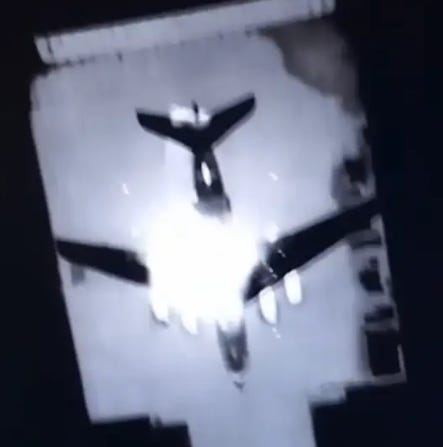
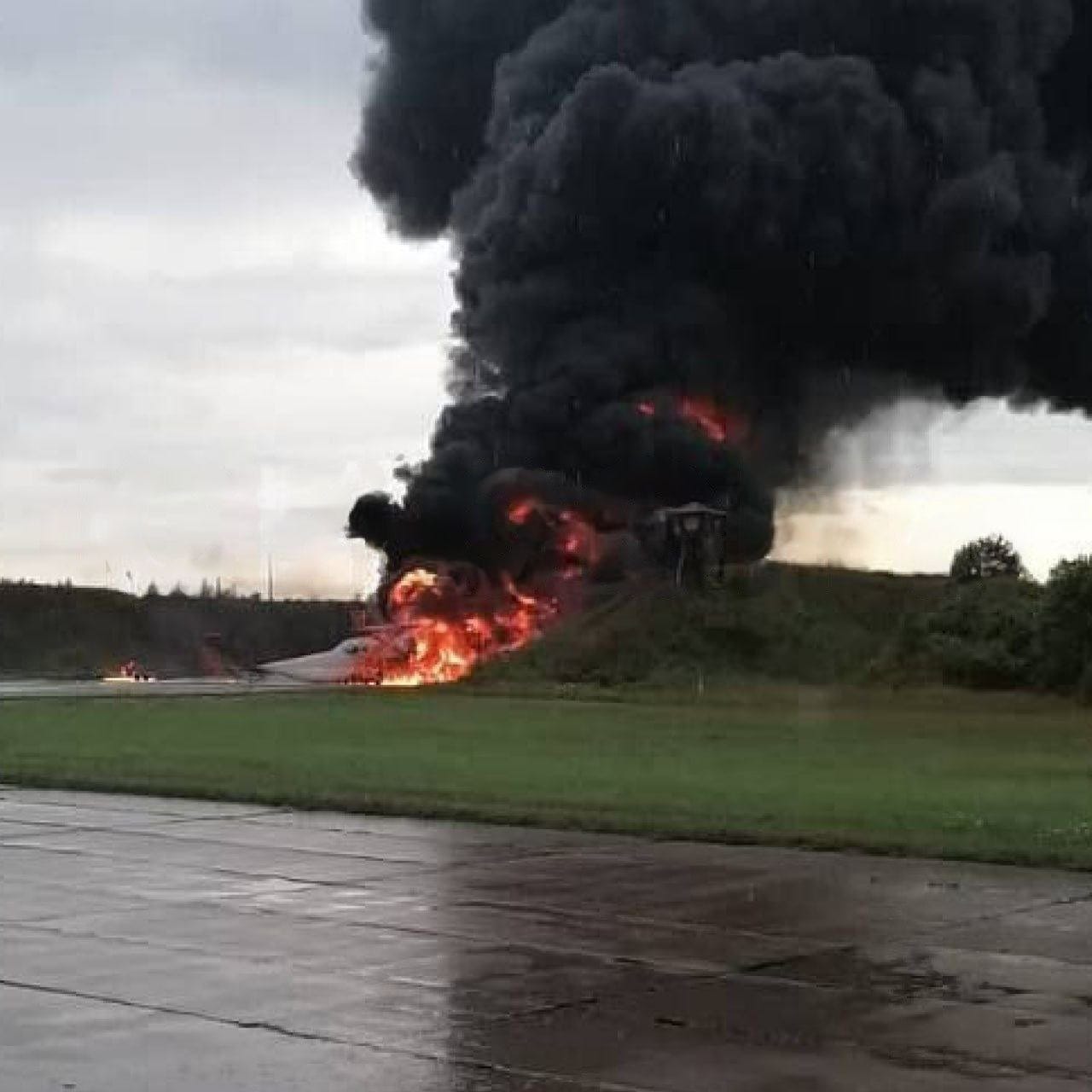
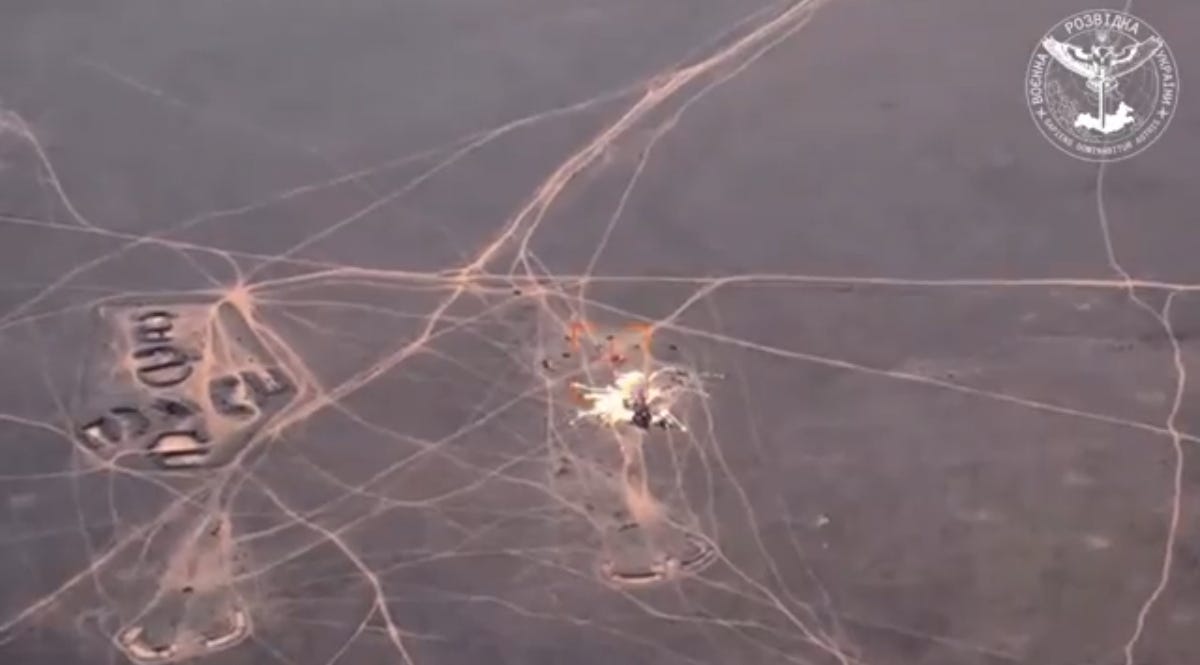

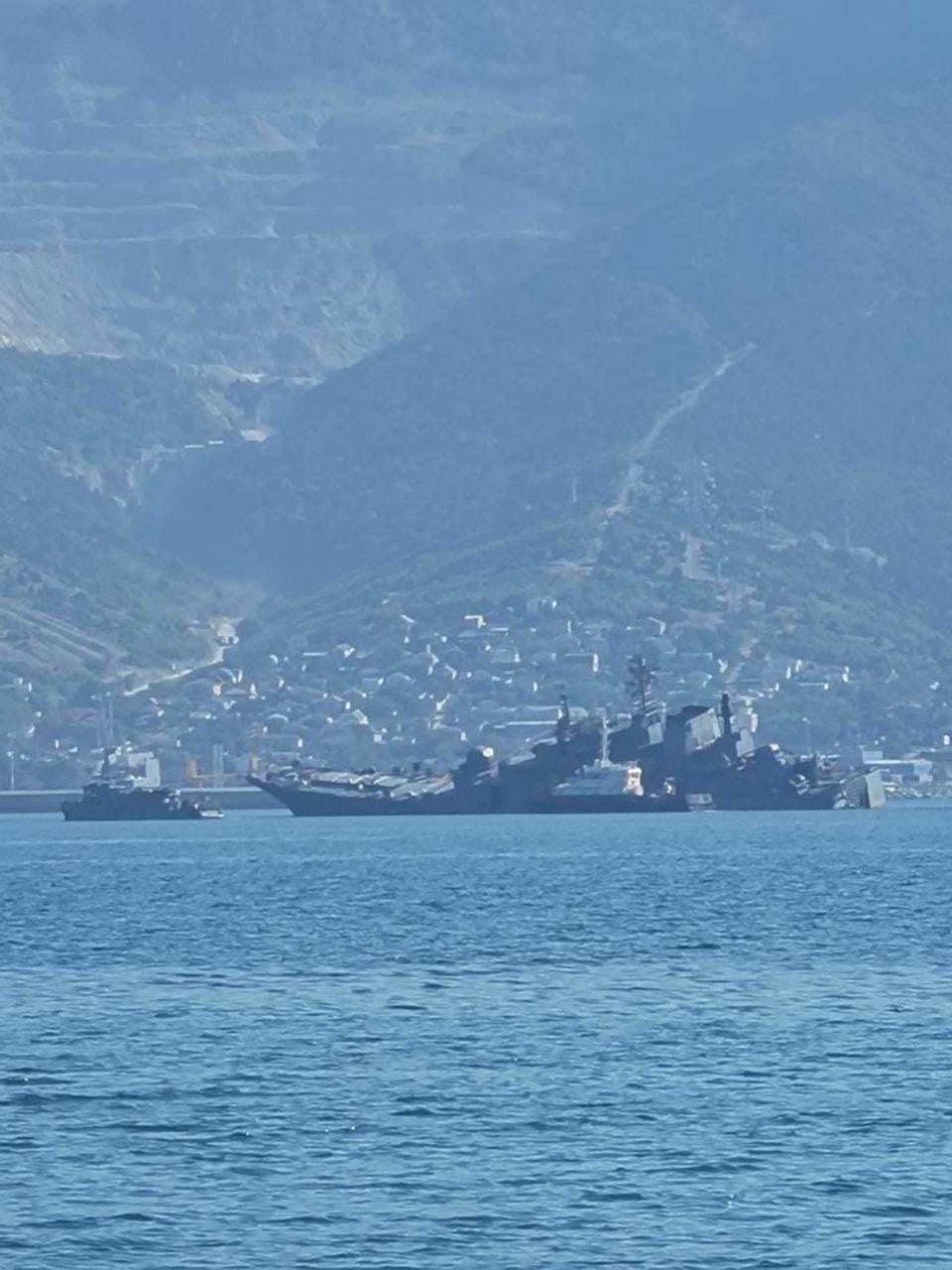
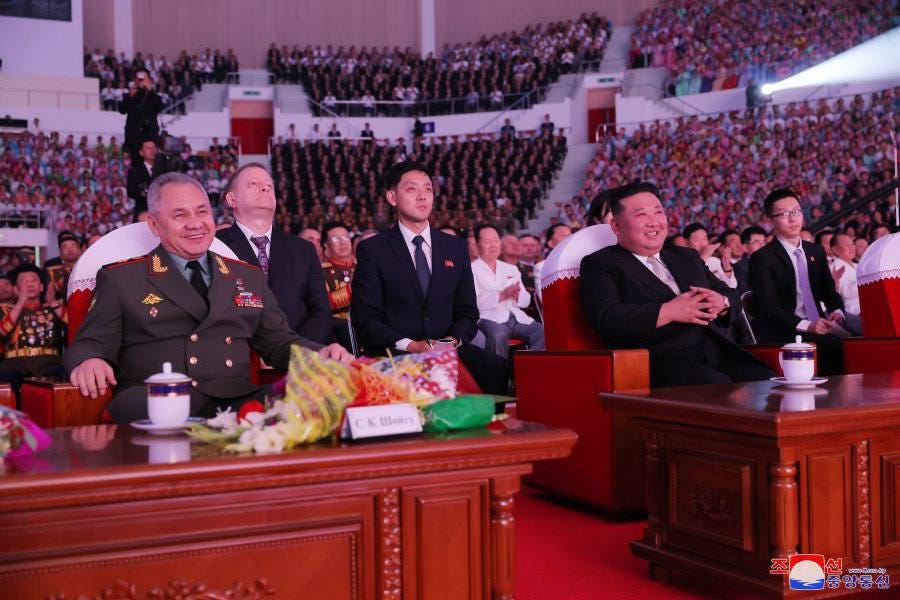
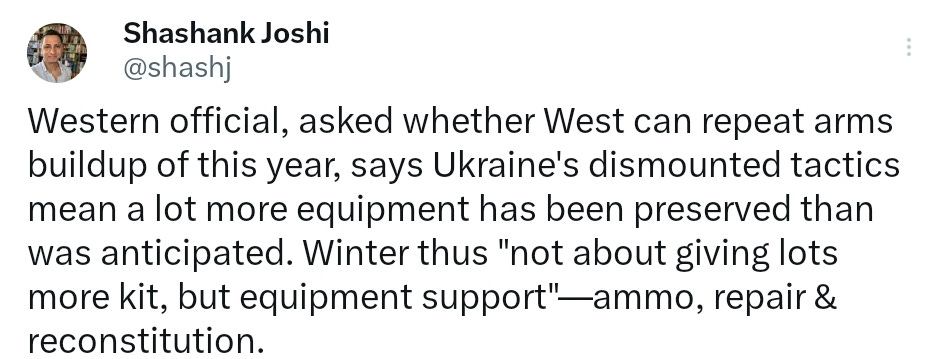
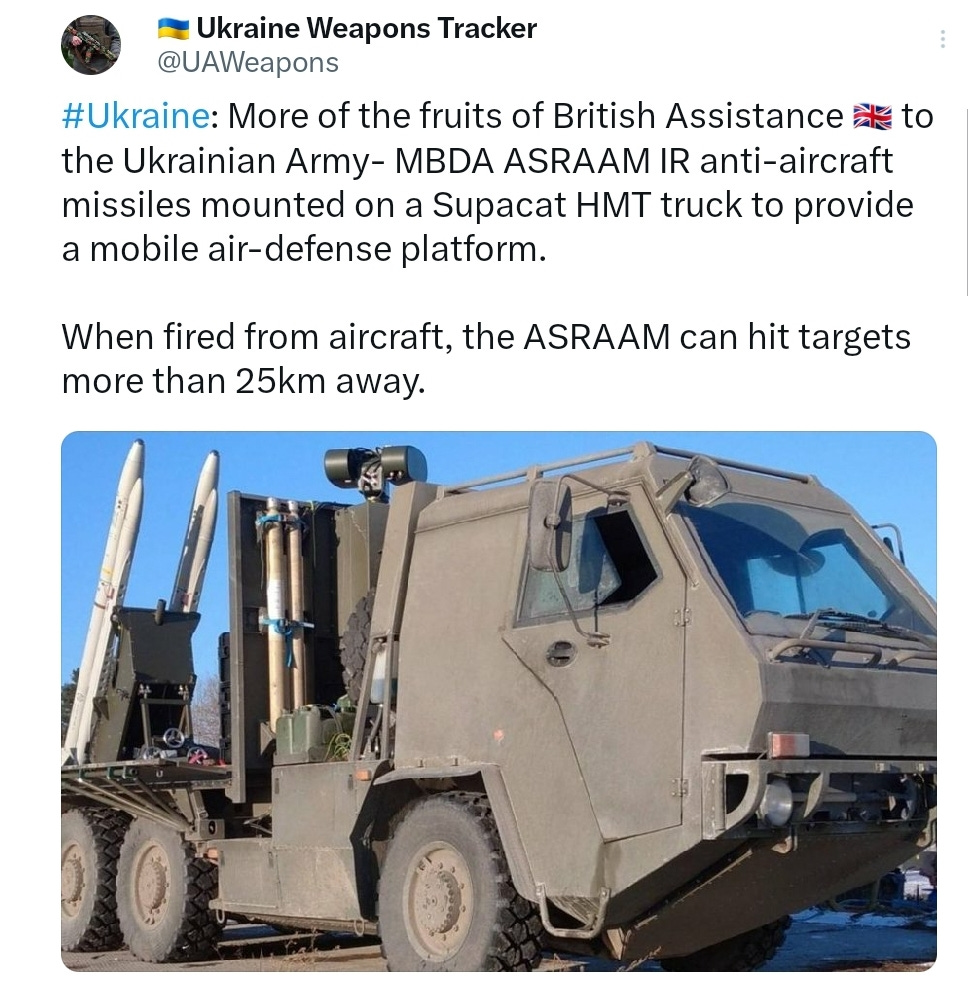
Thank you very much for your work. It’s very helpful for me, a person with little technical understanding of military matters, but who nevertheless wishes to follow the course of this conflict, to have such a useful source of expertise upon which to rely.
Thank you. One note is that the attack on the air base by Pskov may have destroyed 2 planes and damaged 3, planes rather than 2,based on analysis of infrared footage released by Ukrainian military intelligence. See https://twitter.com/lars693168870/status/1697676972086693954?s=46